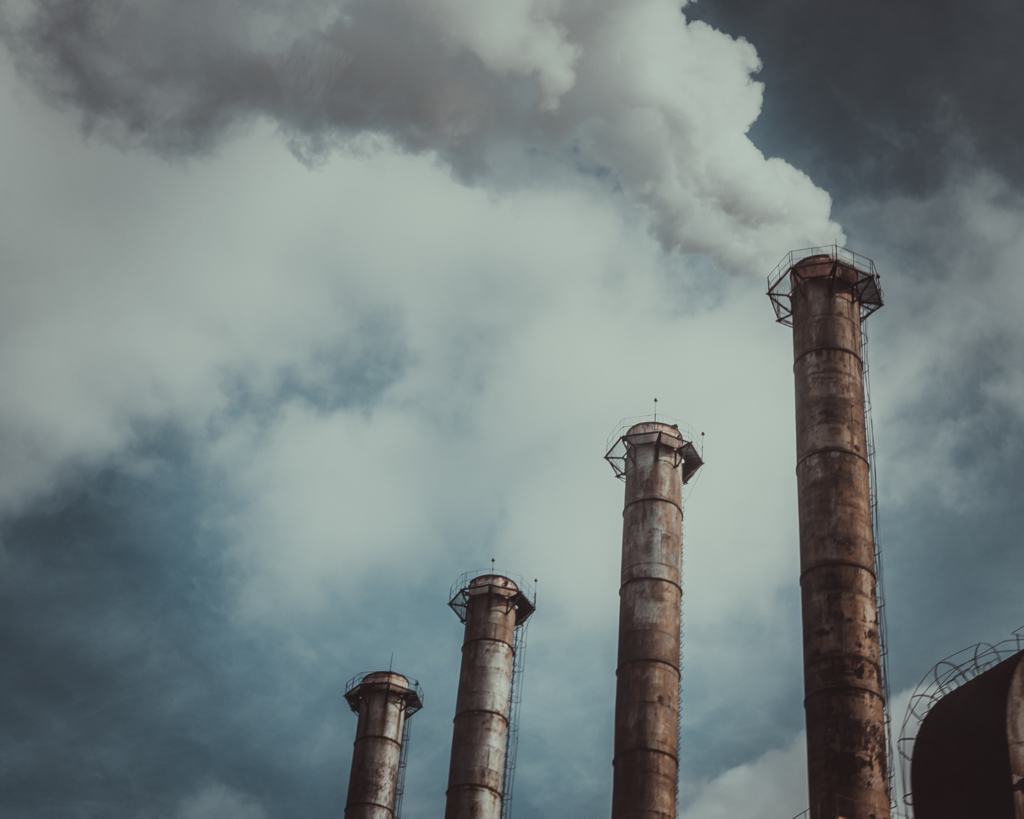Research to Quench the Thirst for Water Justice in California
The UC Berkeley Water Equity Science Shop conducted the first statewide environmental justice analysis of water quality in California communities that are served by both community water systems and domestic wells.

Read Time: 4 minutes
Published:
Most of us in the United States are fortunate to be able to take the safety and accessibility of our drinking water for granted. Yet lack of access to clean drinking water remains a problem across the nation today and communities of color and low-income are particularly affected.
In 2012, California passed the Human Right to Water law, becoming the first state to legislatively recognize access to safe and affordable drinking water as a human right. However, much work remains to make this law a reality. One million Californians are served by systems that fail to meet state regulatory standards for safe drinking water. Studies show that rural, socioeconomically disadvantaged communities that are majority Latinx and served by small water systems (with fewer than 200 service connections) have higher concentrations of chemical contaminants in their drinking water. Challenges for implementing California’s Human Right to Water law include accurately identifying the location of communities who rely on domestic wells and characterizing the quality of their drinking water.
To address this data gap, the UC Berkeley Water Equity Science Shop conducted the first statewide environmental justice analysis of water quality in California communities that are served by both community water systems and domestic wells. We integrated multiple data sources to locate and map communities served by domestic wells, estimate their water quality, and characterize community demographics. We then conducted spatial regression analyses to test the hypothesis that disadvantaged communities were at higher risk of drinking water contaminated with nitrate, arsenic, or hexavalent chromium. These three contaminants are common in California drinking water and have been linked with health risks such as cancer and blue baby syndrome.
Our analysis estimated that the water used by 370,000 Californians contains unsafe concentrations of arsenic, nitrate, and hexavalent chromium.
Our analysis estimated that the water used by 370,000 Californians contains unsafe concentrations of arsenic, nitrate, and hexavalent chromium. More than half of this population is served by an unregulated water source like a domestic well. Communities with higher proportions of people of color were more likely to drink water with higher levels of these contaminants. These disparities were even stronger in communities served by domestic wells compared to communities served by public water systems. On average, 12% of the population served by domestic wells had water contaminants that exceeded federal regulatory standards compared to just 1% of the population served by public water systems.
To improve community awareness and promote engagement around water justice, we collaborated with Community Water Center, a leading water justice organization in California, and regulatory scientists at the California Environmental Protection Agency (CalEPA) to create an online Drinking Water Tool. This tool allows policymakers and members of the public to learn where their water comes from and identify areas of the state where domestic wells are likely to have high levels of contaminants. The goal is to provide timely access to data that can inform efforts to protect the state’s drinking water and groundwater supplies, particularly in disadvantaged communities where the threats are greatest.
California’s Human Right to Water law applies to everyone, including people who rely on unregulated domestic wells. Going forward, the ways in which this law is implemented and the allocation of resources will make a big difference in whether the state is able to achieve equitable outcomes. Community engaged research can support regional and statewide advocacy efforts and advance the implementation of the Human Right to Water law. Our groundwater is an increasingly precious resource and it will only become more important to make sure we are taking action to secure access to safe drinking water for all.
Photo via Getty Images





